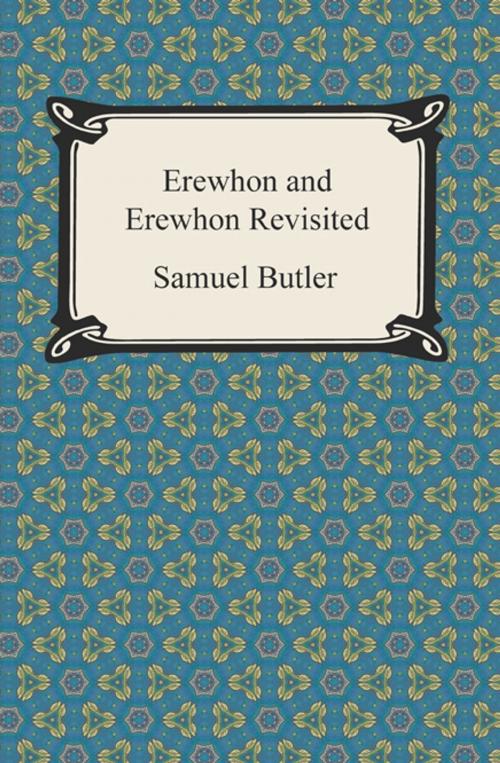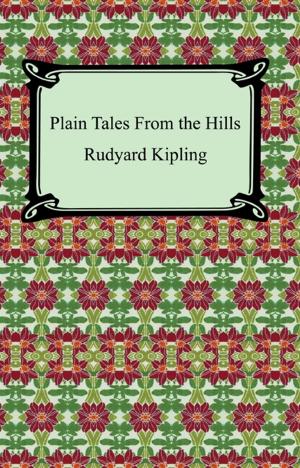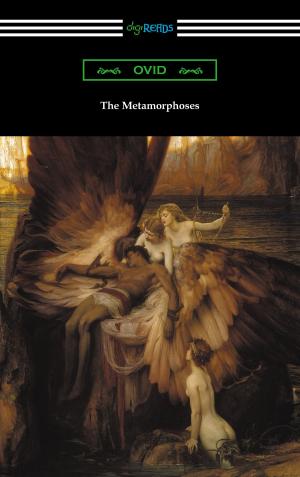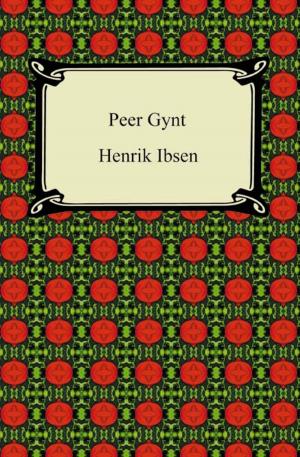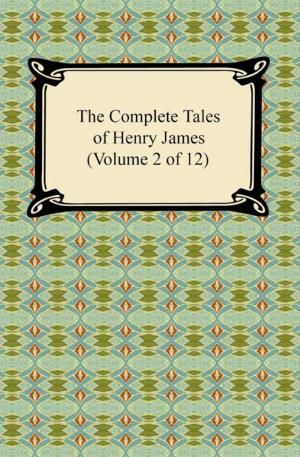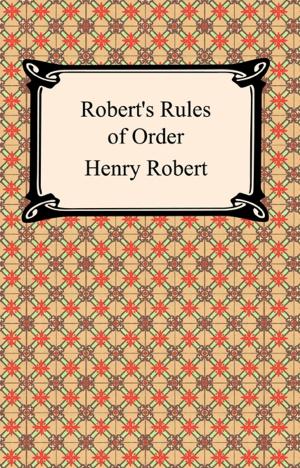| Author: | Samuel Butler | ISBN: | 9781420947670 |
| Publisher: | Neeland Media LLC | Publication: | December 15, 2009 |
| Imprint: | Digireads.com Publishing | Language: | English |
| Author: | Samuel Butler |
| ISBN: | 9781420947670 |
| Publisher: | Neeland Media LLC |
| Publication: | December 15, 2009 |
| Imprint: | Digireads.com Publishing |
| Language: | English |
One of Samuel Butler's most famous works, "Erewhon" is the story of a fictional country in which Butler satirizes the Victorian society of the time in which he lived. An anagram of the word "nowhere," "Erewhon" upon first impression appears to be a utopian society. However as the country is further detailed is becomes apparent that this is clearly not the case. The titular setting of the novel is loosely based on Butler's experiences as a young man working as a sheep farmer in New Zealand. The sequel, "Erewhon Revisited," was published twenty-nine years after the original. In it we discover the identity of the unnamed protagonist of the first book, who returns to "Erewhon" and upon meeting his former lover Yram, discovers that he has fathered a child with her and that now the people of Erewhon worship him as a type of deity. Along with Butler's semi-autobiographical work "The Way of All Flesh" these works are among his most highly regarded, satires in the vein of Jonathan Swift's "Gulliver Travels."
One of Samuel Butler's most famous works, "Erewhon" is the story of a fictional country in which Butler satirizes the Victorian society of the time in which he lived. An anagram of the word "nowhere," "Erewhon" upon first impression appears to be a utopian society. However as the country is further detailed is becomes apparent that this is clearly not the case. The titular setting of the novel is loosely based on Butler's experiences as a young man working as a sheep farmer in New Zealand. The sequel, "Erewhon Revisited," was published twenty-nine years after the original. In it we discover the identity of the unnamed protagonist of the first book, who returns to "Erewhon" and upon meeting his former lover Yram, discovers that he has fathered a child with her and that now the people of Erewhon worship him as a type of deity. Along with Butler's semi-autobiographical work "The Way of All Flesh" these works are among his most highly regarded, satires in the vein of Jonathan Swift's "Gulliver Travels."
